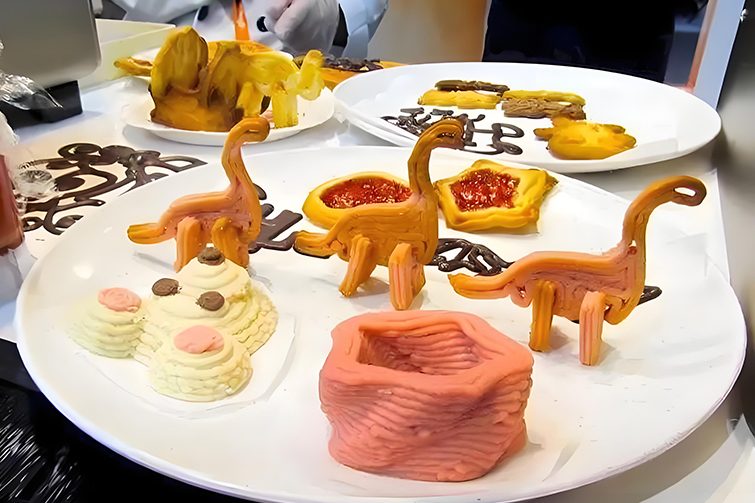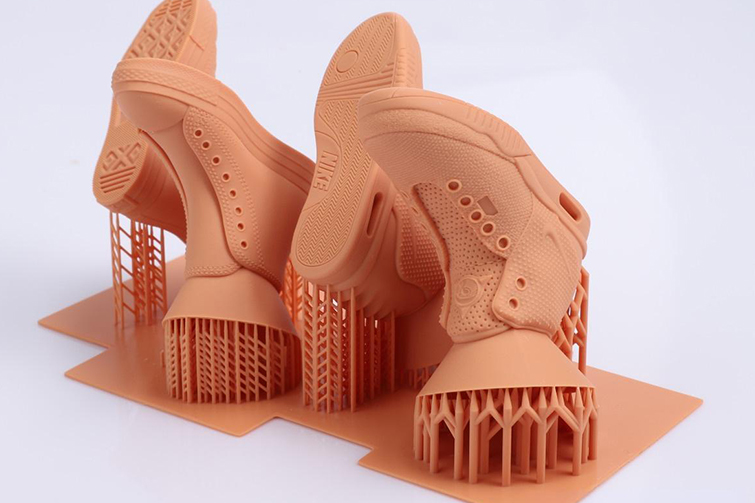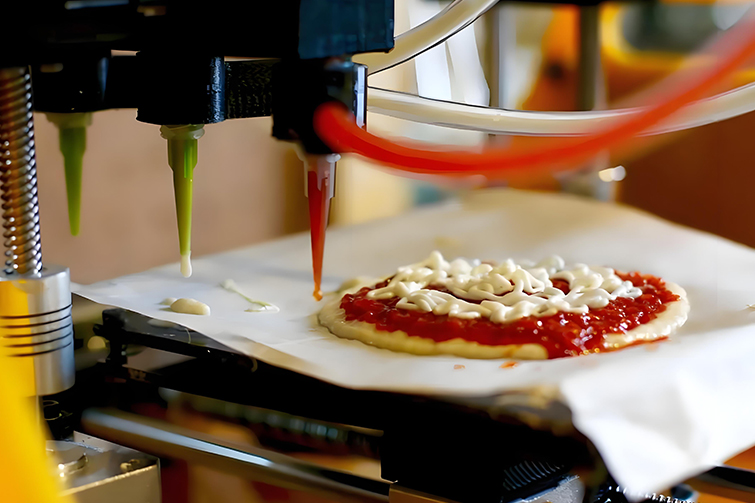

The Wonders of Food Printing: How 3D Printed Food is Revolutionizing Our Culinary World
Imagine a world where you can customize your meals to suit your nutritional needs, print intricate designs for gourmet dishes at home, and even create food that addresses global challenges like hunger and sustainability. This isn't science fiction; it's the exciting reality of food printing. As 3D printing technology advances, its application in food production is poised to transform our kitchens, dining experiences, and the broader food industry. Let's explore the myriad ways food printing is set to surprise and delight us.
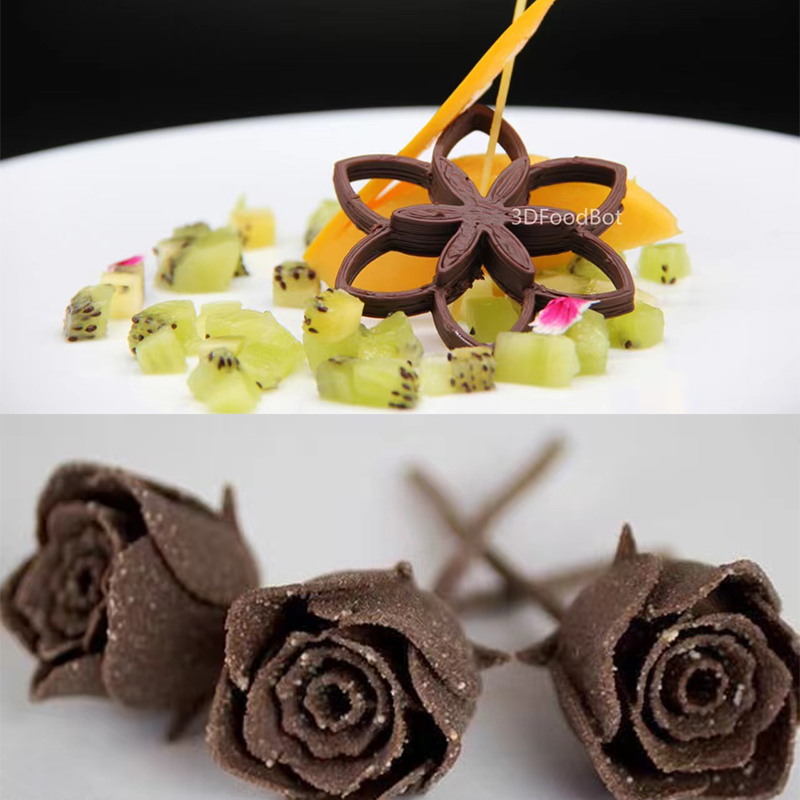
Customization and Personalized Nutrition
One of the most significant promises of food printing is its ability to tailor meals to individual preferences and dietary needs. This customization can extend to various aspects of food, from flavor and texture to nutritional content and appearance.
1.Personalized Diets: With food printing, you can design meals that perfectly match your dietary requirements. For instance, athletes can have meals rich in specific nutrients to enhance performance, while individuals with dietary restrictions can enjoy safe and delicious alternatives without compromising on taste.
2.Health Management: Food printers can create meals with precise nutritional profiles, making it easier to manage health conditions such as diabetes, hypertension, or food allergies. By adjusting the ingredients and their proportions, food can be printed to support specific health goals or medical conditions.
3.Elderly and Pediatric Care: For those who have difficulty chewing or swallowing, such as the elderly or young children, food printers can produce meals with suitable textures and nutritional content. This capability ensures that all individuals can enjoy nourishing and enjoyable meals tailored to their needs.
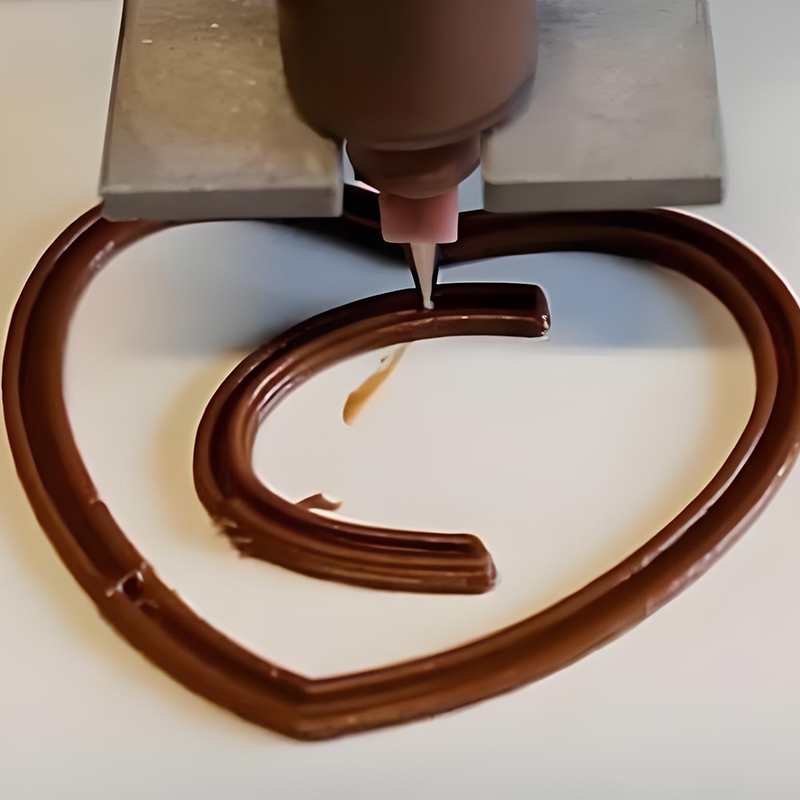
Culinary Creativity and Aesthetics
Food printing opens up new realms of creativity for chefs and home cooks alike. The precision and flexibility of 3D printing allow for the creation of complex designs and structures that would be impossible to achieve with traditional cooking methods.
1.Gourmet Presentations: Chefs can use food printers to produce stunning and intricate food designs that enhance the dining experience. From beautifully shaped pasta to elaborate desserts, the possibilities for artistic expression in food are endless.
2.Innovative Flavors and Textures: Food printing enables the combination of ingredients in novel ways, leading to new flavors and textures. For example, you can print a dessert with a crisp outer shell and a soft, creamy interior, or create a savory dish with multiple layers of taste and consistency.
3.Event and Party Catering: Hosting a themed party or special event? Food printers can create customized dishes that align with the event's theme, from edible decorations to personalized appetizers. This level of customization adds a unique and memorable touch to any gathering.
Efficiency and Convenience in the Kitchen
For the everyday cook, food printing offers unparalleled convenience and efficiency. It simplifies meal preparation and allows for the creation of complex dishes with minimal effort.
1.Automated Meal Preparation: Imagine having a machine that can prepare your meals with just a few clicks. Food printers can automate the process of assembling and cooking dishes, saving time and reducing the hassle of meal prep. This convenience is especially valuable for busy individuals and families.
2.Reduced Food Waste: Food printing can help minimize food waste by using ingredients more precisely. By printing only the amount needed for a meal, it eliminates excess and ensures that each component is used effectively. Additionally, food printers can utilize unconventional or leftover ingredients to create new dishes, contributing to more sustainable kitchen practices.
3.Home-Based Production: For aspiring chefs and home cooks, food printers offer the ability to produce professional-quality dishes at home. This democratization of gourmet cooking allows anyone to experiment with complex recipes and presentation styles without requiring extensive culinary skills or equipment.
Addressing Global Food Challenges
Beyond personal and culinary benefits, food printing has the potential to address some of the world's pressing food challenges, including sustainability, food security, and resource management.
1.Sustainable Ingredients: Food printers can use alternative and sustainable ingredients, such as insect proteins or algae, to produce nutritious and environmentally friendly meals. This innovation can help reduce the reliance on traditional meat sources, which have significant environmental impacts.
2.Localized Food Production: In regions with limited access to fresh food, food printing can provide a solution by producing nutritious meals on-site. This capability is particularly beneficial for remote or disaster-stricken areas where traditional food supply chains are disrupted.
3.Food Security and Hunger: Food printing can contribute to food security by producing affordable and nutritious meals from diverse ingredients. By optimizing the use of available resources and minimizing waste, food printing can help feed growing populations and combat hunger in underserved communities.
Challenges and Future Outlook
While the potential of food printing is vast, there are challenges to consider as the technology continues to develop and integrate into our lives.
1.Accessibility and Cost: Currently, food printers and the materials they use can be expensive and not readily accessible to everyone. As technology advances and economies of scale are realized, it is crucial to make food printing affordable and widely available.
2.Regulatory and Safety Concerns: Ensuring the safety and quality of 3D-printed food is essential. Regulatory frameworks need to evolve to address the unique aspects of food printing, including ingredient safety, food hygiene, and labeling.
3.Consumer Acceptance: While food printing offers many benefits, consumer acceptance is vital for its widespread adoption. People need to feel confident in the safety, taste, and nutritional value of 3D-printed food. Education and exposure to the technology can help build trust and familiarity.
Conclusion
Food printing is poised to bring remarkable surprises to our daily lives, revolutionizing how we prepare, consume, and think about food. From personalized nutrition and culinary artistry to addressing global food challenges, the potential applications of 3D-printed food are vast and inspiring.
As technology continues to advance, the integration of food printers into our homes and kitchens could become as commonplace as microwaves and coffee machines. The promise of customized, nutritious, and aesthetically pleasing meals at the touch of a button is an exciting glimpse into the future of dining.
In conclusion, food printing is not just a novelty or a niche technology; it represents a transformative shift in the culinary world. By making food more personalized, creative, and sustainable, food printing has the potential to enhance our lives in ways we are only beginning to explore. As we embrace this innovative technology, we can look forward to a future where our relationship with food is redefined, enriched, and endlessly delightful.


